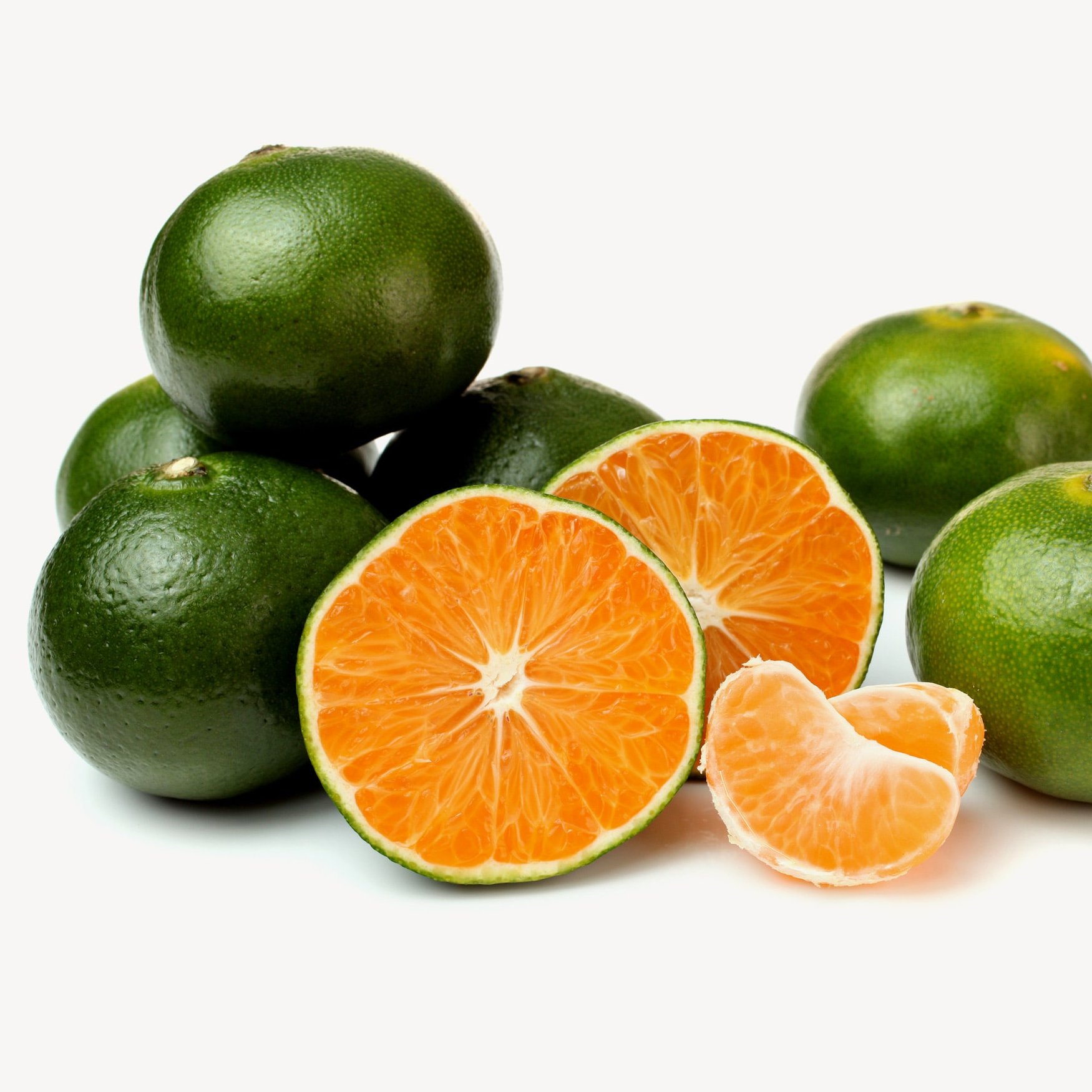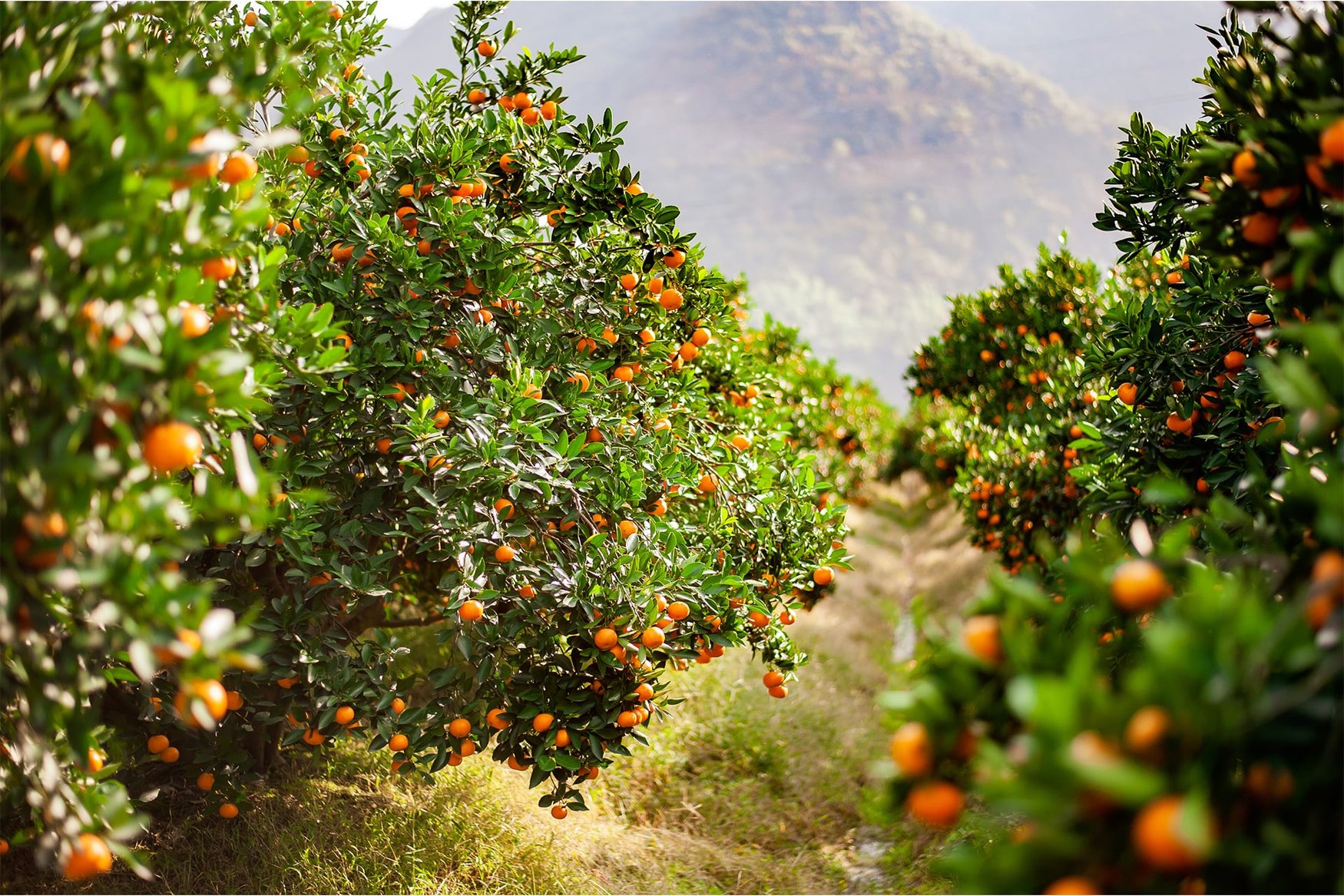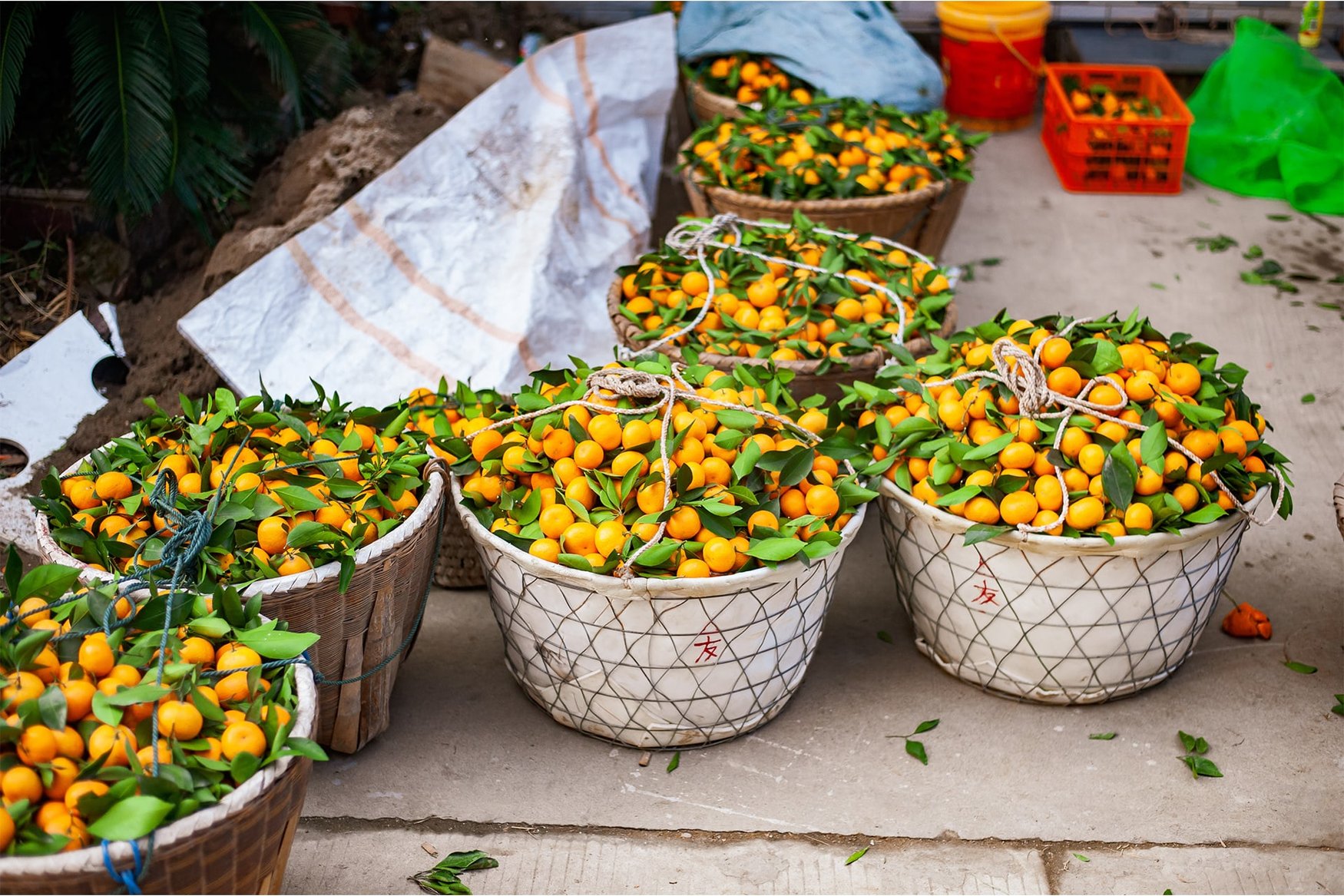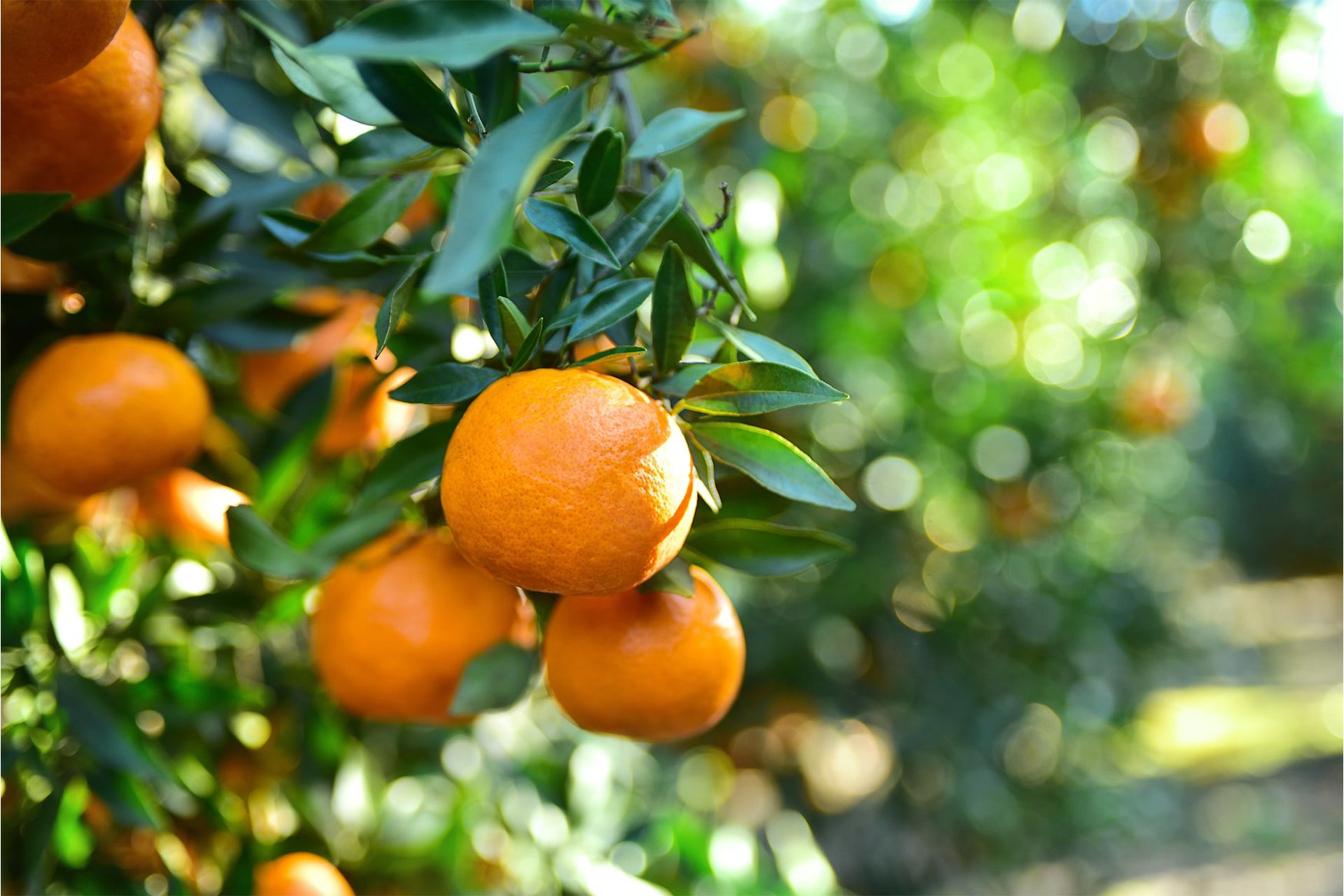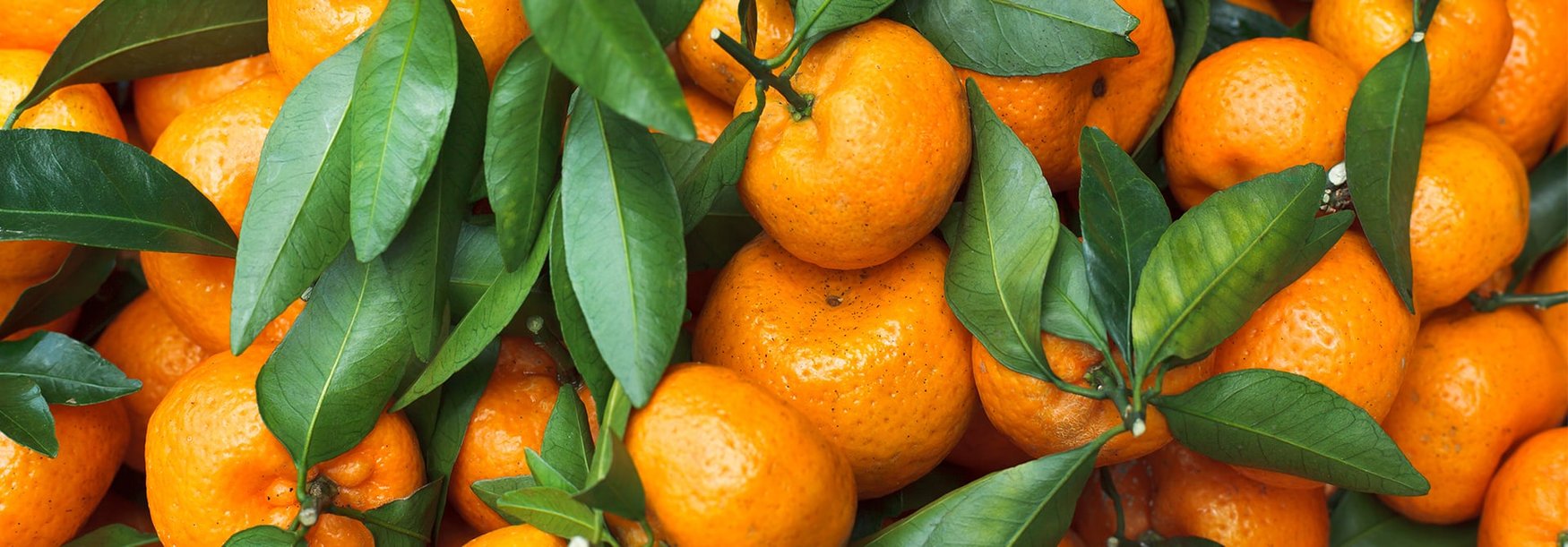Green of Tangerine
Tangy, fresh, soft, joyful.
A sunny, joyful scent that pops in top notes with a citrus vibrancy. This lively note has a fuller character than bergamot and dances delightfully alongside citrus notes. It is tangy yet soft and adds an acidic sparkle to hesperidic accords.
Data sheet
- Type
- Extraction Method
- Used parts
- Natural raw material
- Cold expression
- Rind, fruit zest
